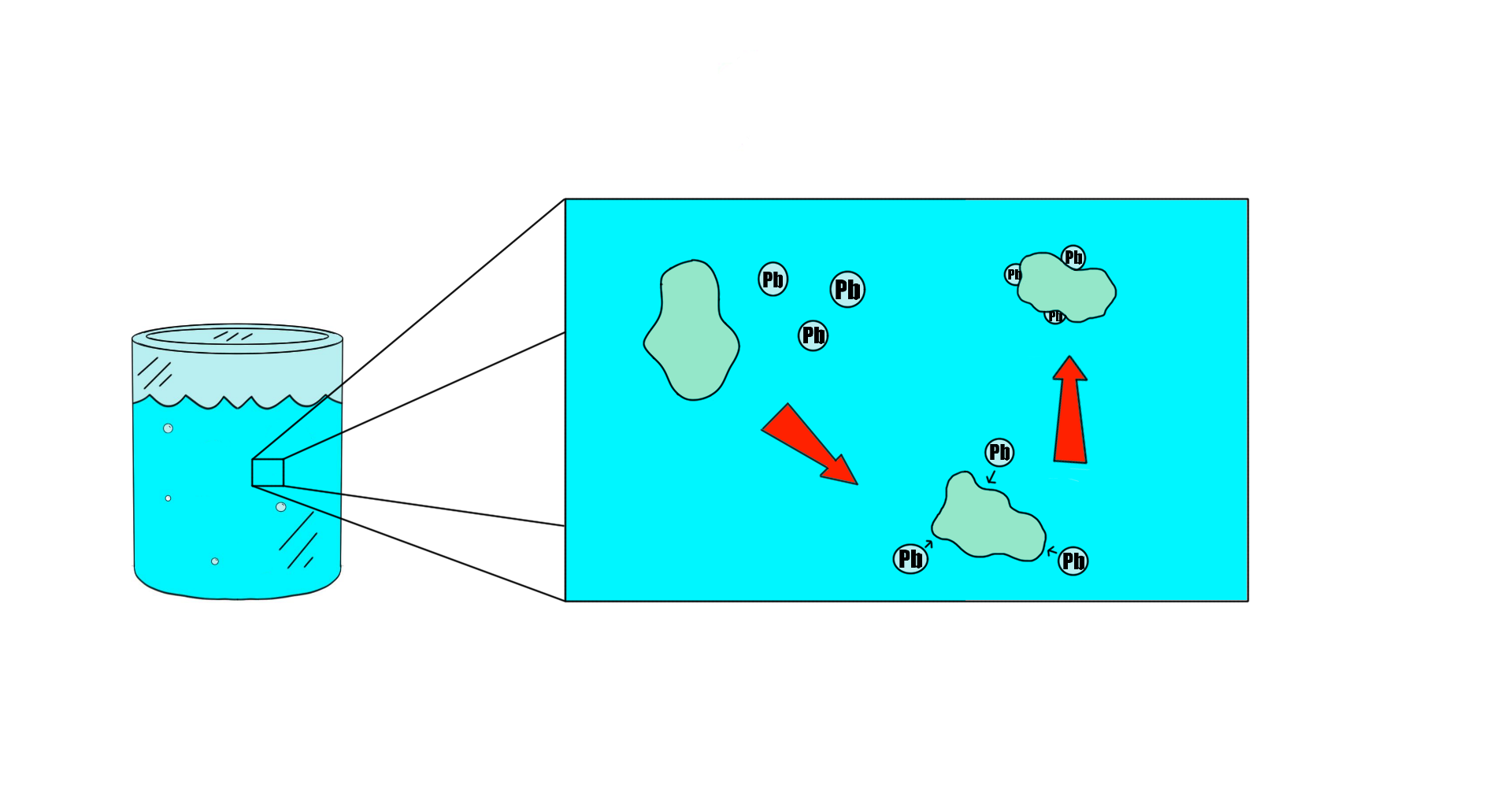Project Summary
Got Lead?
Lead contamination in drinking water is a major problem across the U.S. Due to aging infrastructure, many people lack access to a consistent, clean source of water in their homes. Cities and local governments must react urgently to lead contamination and administer water testing and treatment solutions to their citizens. Our project aims to improve lead testing and treatment in emergency situations by developing a lead biosensor and probiotic, as well as a lead assay.
Two Bacteria, Two Solutions
Our design of the at-home lead biosensor considers the safety of the organism as well as a quantitative yet straightforward indication of lead contamination. The biosensor colorimetrically signals benchmark levels of lead contamination in a sample of water by producing specific chromoproteins. These benchmarks are based on EPA standards for lead contamination in water and confirmed by our lead assay. For our biosensor to express chromoproteins at these benchmarks, we utilized error-prone PCR to mutate an existing lead promoter; specific promoters were tested and selected based on their sensitivity to lead. We are conducting proof-of-principle demonstrations of the biosensor in Escherichia coli, and will ultimately transform it into the Generally Recognized As Safe organism Bacillus subtilis.
Our probiotic, Lactobacillus rhamnosus, offers an emergency prophylactic treatment for lead contamination by absorbing lead from the gastrointestinal tract. Someone who must continue to consume contaminated water would simply eliminate the leaded bacteria with the rest of their waste. To achieve this, we are using selective pressure to evolve a probiotic with enhanced lead-binding capacity. The extent to which the probiotic absorbed lead was analyzed by our lead assay. Our project will improve the accessibility of lead detection and bioremediation for the general population.
The Engineering Behind it All
Bio-Detection
Our Bacillus subtilis biosensor will contain a plasmid with three chromoprotein genes, each with a slightly different version of a promoter which is responsive to lead concentration. This will result in three different colors to be produced at different concentrations of lead: low, medium, and high. This will help users understand that they have lead in their water in addition to how much.

Probiotic Purification
Lactobacillus rhamnosus has natural lead-binding capabilities (Marc). When Lactobacillus binds lead, it keeps the lead from being absorbed by your system, allowing the normally toxic metal to pass harmlessly out of your body by just taking one pill every day. We plan to “force-evolve” Lactobacillus rhamnosus GG to have enhanced lead-binding capabilities as well as the ability to survive in higher concentrations of lead by exposing it to the metal and observing its growth.



